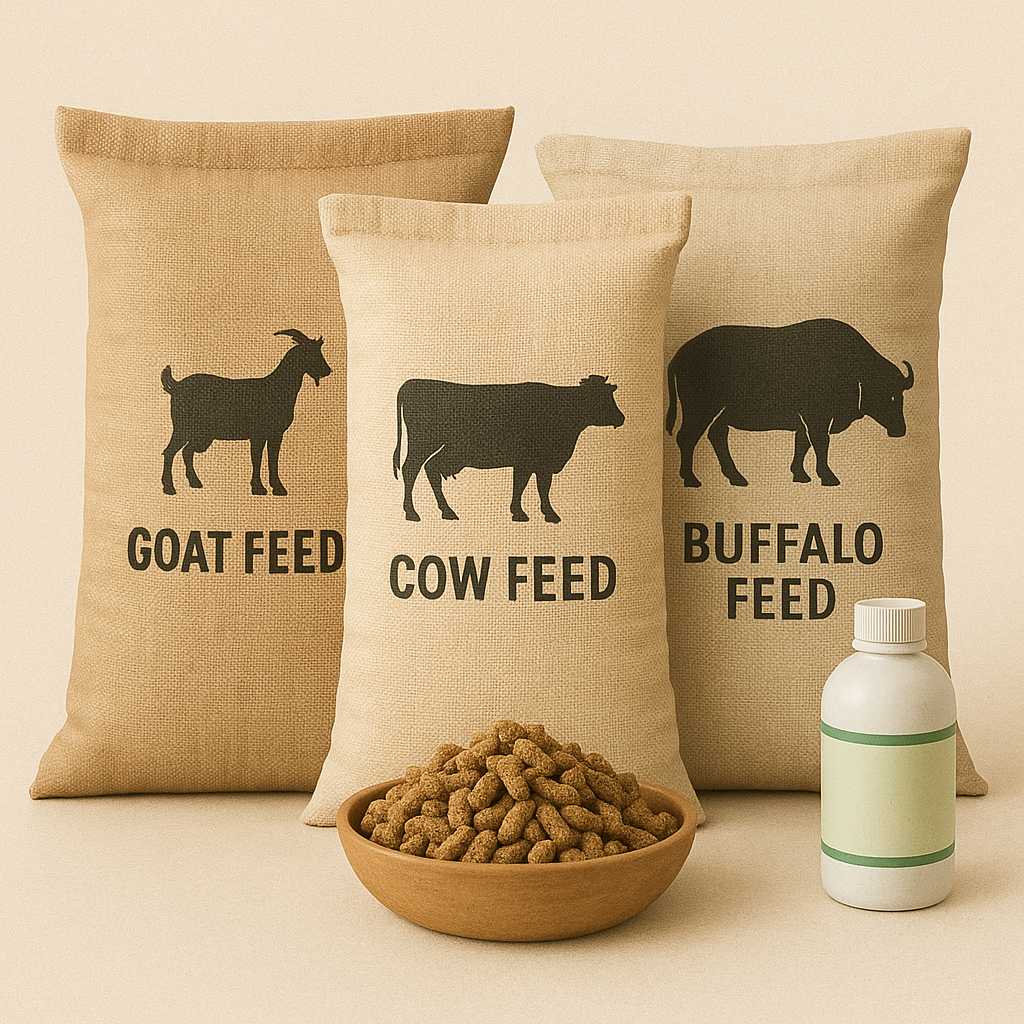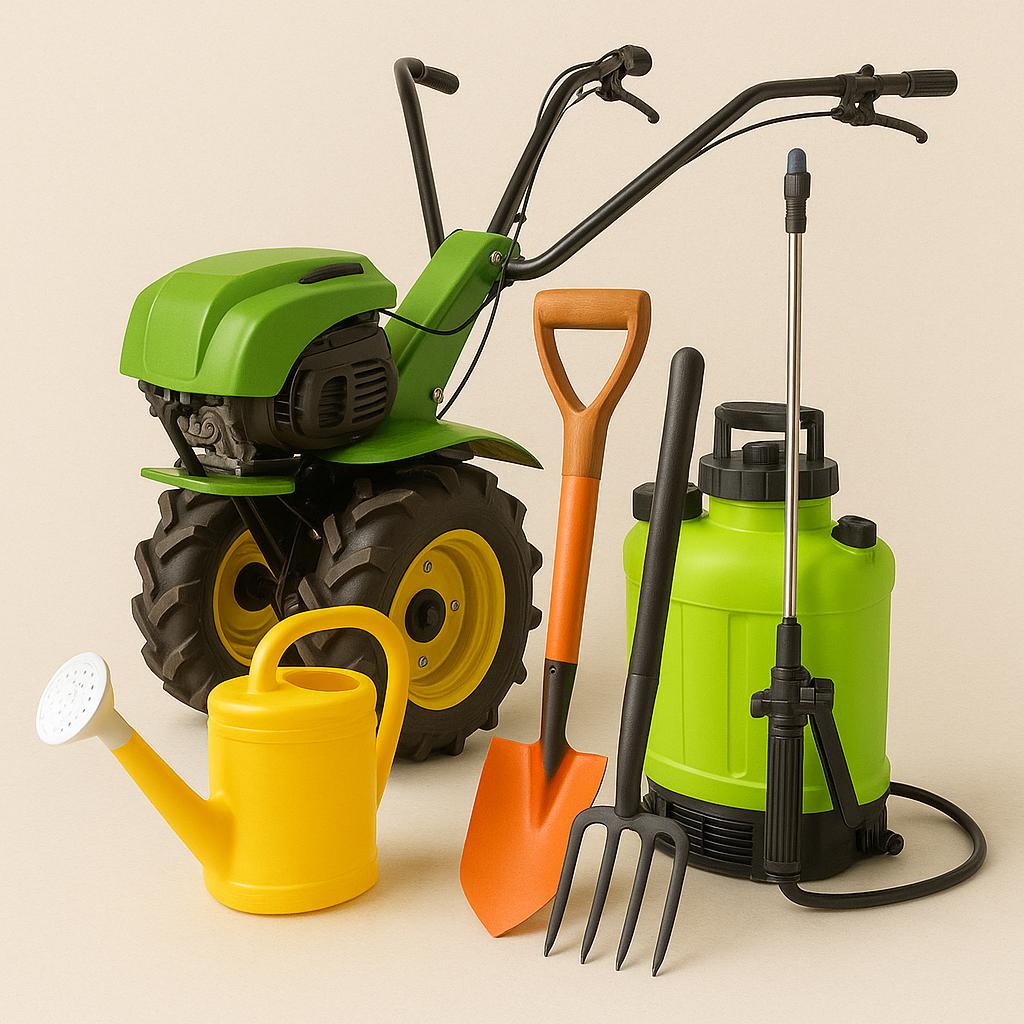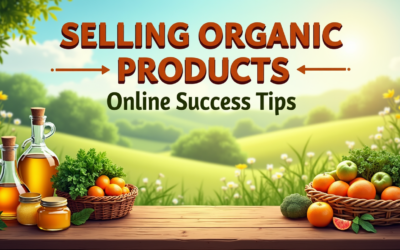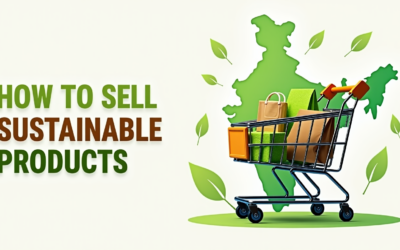
Crafting Product Descriptions That Turn Browsers into Buyers
Introduction
In the world of online shopping, product descriptions do more than just inform—they’re an essential tool for turning casual browsers into committed buyers. Unlike in a physical store, where customers can see and feel products, online shoppers rely solely on descriptions to understand a product’s value. Effective descriptions can guide a target audience through their buying journey, encouraging them to click “Add to Cart” instead of moving on to the next website.
Creating descriptions that highlight the benefits, address potential questions, and build customer trust is essential for increasing conversion rates. Let’s look at how to craft descriptions that inform, engage, and ultimately drive sales.
1. Know Your Audience and Their Needs
The foundation of any great product description is a deep understanding of your ideal customer. Think about the audience you’re targeting: What are their interests? What problems are they trying to solve? Understanding these details allows you to create descriptions that feel personal and relevant.
For example, if you’re selling eco-friendly products, speak to environmentally conscious buyers by highlighting sustainable materials and production processes. If your audience values convenience, emphasize the ease of use or time-saving benefits of your product. Tailoring your descriptions to resonate with your audience makes them feel valued, helping to build customer trust and increase conversion rates.
Knowing your customer also helps you establish the right tone and language for your descriptions. A conversational, friendly tone can make your description feel like a recommendation from a friend, which is more persuasive than a formal, detached approach.

2. Focus on Benefits Over Features
One of the most common mistakes in product descriptions is listing features without explaining why they matter. Features tell what the product does, but benefits explain why it’s valuable to the customer. Shifting the focus to benefits helps potential buyers see how the product will improve their lives, making it easier to reach a purchase decision.
For instance, instead of saying, “This backpack has multiple compartments,” you could add, “Stay organized with dedicated compartments for your laptop, books, and essentials—perfect for both work and travel.” Highlighting benefits gives customers a clear picture of the product’s value, which can be a powerful motivator in the decision-making process.
3. Use Descriptive Language to Create a Visual Experience
Descriptive language brings your product to life and helps customers imagine it in their daily lives. Instead of using generic terms, choose words that capture the look, feel, or experience of using the product. For example, instead of “comfortable chair,” you might say, “Sink into the soft, plush cushions of this chair, designed for hours of comfort.”
A conversational tone can make descriptions feel more relatable, creating a sense of familiarity. You want readers to feel like they’re having a conversation with someone who understands their needs. By painting a picture and making the description feel personal, you create a more immersive shopping experience.
4. Integrate SEO Keywords for Better Visibility
For product visibility in search engines, it’s essential to incorporate SEO keywords that potential customers are likely to search for. Keywords can help increase traffic to your product pages, but they need to be integrated naturally. Start by researching keywords relevant to your product, then find ways to include them without making the description feel forced.
For instance, if you’re selling a yoga mat, using a sentence like, “Our eco-friendly yoga mat offers extra grip for stability during your practice,” can help make your description SEO-friendly. By using keywords effectively, you can improve search rankings, making it easier for potential buyers to discover your products.
5.Address Common Questions and Customer Concerns
Understanding the common concerns and questions your audience may have helps you create descriptions that remove barriers to purchase. Think about what customers often ask, such as product size, durability, or compatibility. Addressing these details upfront helps reassure buyers and gives them confidence in their decision.
If you’re selling a kitchen appliance, for example, include details about materials, safety features, and ease of use: “Made from BPA-free materials and equipped with an easy-pour spout, this blender is designed for everyday convenience.” Answering common questions in the description removes doubt, creating a smoother buying journey.

6. Add Social Proof with Customer Reviews and Testimonials
Including social proof in your product descriptions can enhance credibility and build customer trust. Customer reviews, case studies, or brief testimonials provide reassurance, especially for higher-value items. If possible, quote satisfied customers or mention awards the product has received.
For instance, if a review says, “These headphones have amazing sound quality—I use them every day!” consider including it in the description. Customer reviews and feedback make the product more trustworthy and give potential buyers the confidence to proceed with the purchase.
7. Use Storytelling to Build Connection
Storytelling in product descriptions can create an emotional connection, making the product feel more personal and memorable. Instead of a straightforward list of features, try to tell a story about the product’s inspiration, purpose, or impact on other customers. A story makes the product relatable and helps the reader picture themselves using it.
For example, for a cozy blanket, you might say, “Imagine wrapping yourself in this plush blanket on a chilly evening, with a warm cup of tea in hand.” Storytelling makes the description less transactional and more engaging, increasing the likelihood that readers will connect with the product.
8. Create a Sense of Urgency
Encouraging customers to act quickly can be achieved by creating a sense of urgency. Phrases like “Limited stock available!” or “Get yours before it’s gone!” motivate hesitant buyers by creating a subtle sense of pressure. However, use urgency sparingly to maintain credibility.
Limited-time offers, seasonal availability, or countdowns for popular items work well for generating excitement. A genuine sense of urgency helps customers feel the need to make a quicker decision, improving your conversion rate by reducing second-guessing.

9. Structure Your Descriptions for Easy Reading
A well-organized, scannable description is essential, especially for mobile shoppers. Use headings, bullet points, or short paragraphs to make descriptions easy to read. Start with a catchy introduction, list key features and benefits, and conclude with a compelling call to action.
For example, use bullet points to highlight key features like materials, dimensions, or care instructions. A clear structure not only makes the description more readable but also ensures that potential buyers can quickly find the information they need.
Conclusion
Effective product descriptions are about much more than listing features—they’re about engaging your audience, creating a relatable shopping experience, and building trust. By understanding your customer’s needs, using descriptive language, incorporating social proof, and optimizing for SEO, you can turn casual browsers into buyers.
Implement these strategies to make your product descriptions stand out. The result? A better user experience, improved product visibility, and higher conversion rates that contribute to your bottom line. With compelling descriptions, you don’t just tell customers what your product is; you show them why they can’t live without it.














